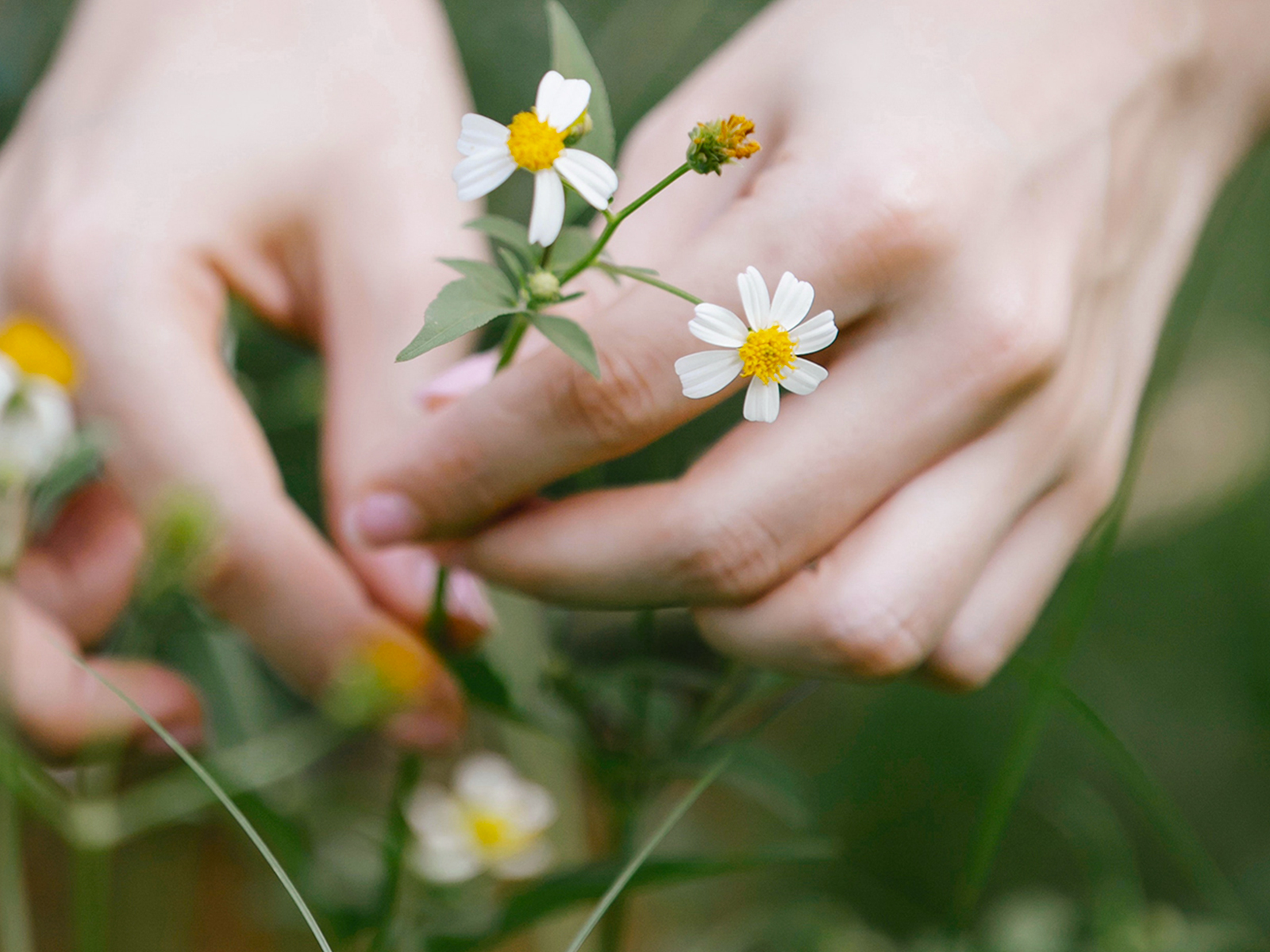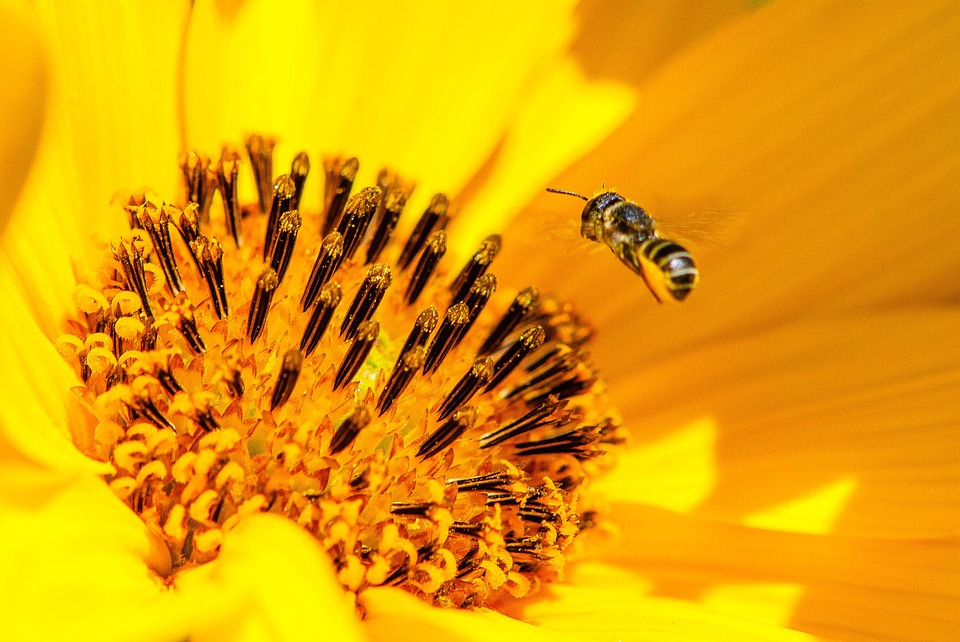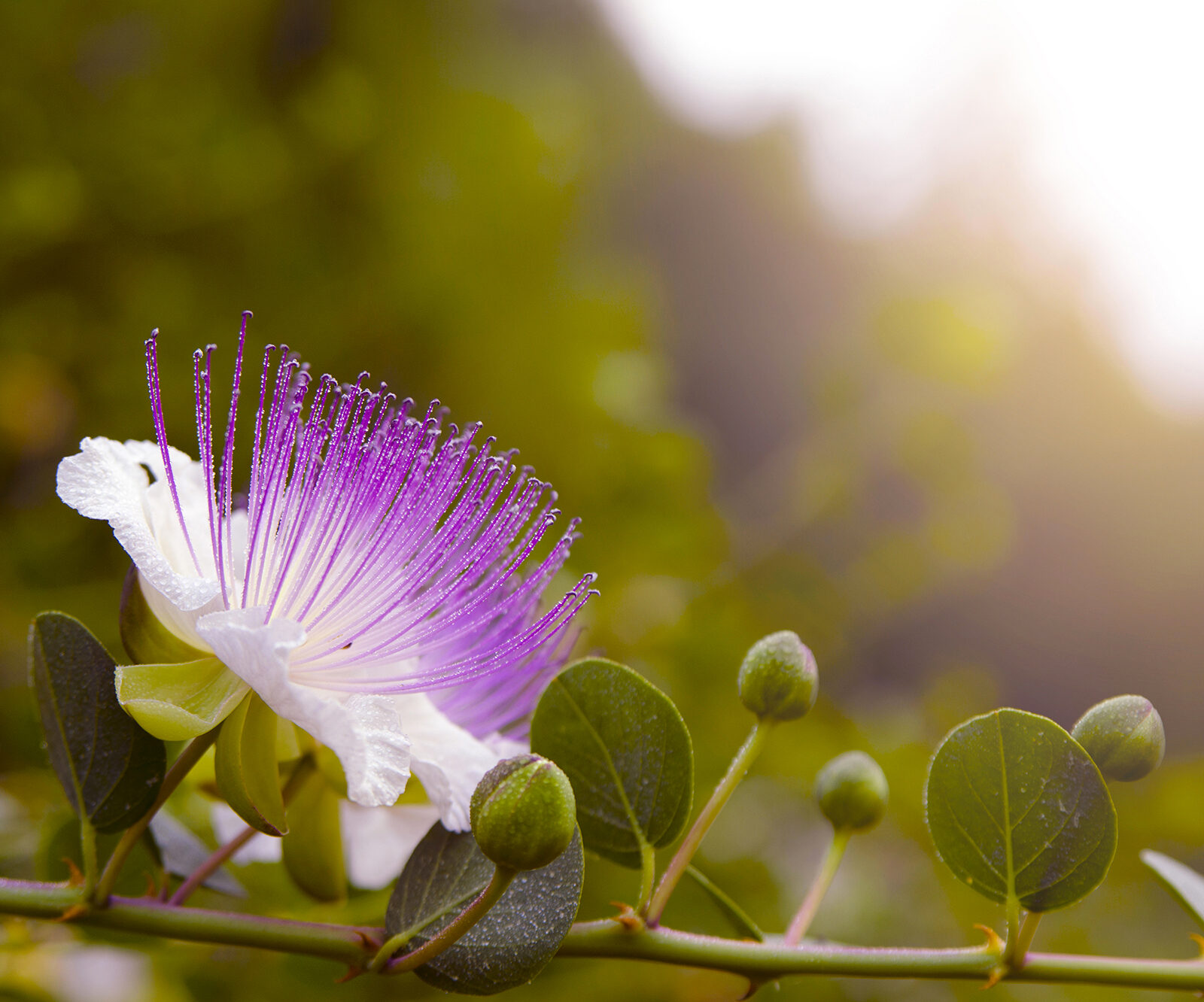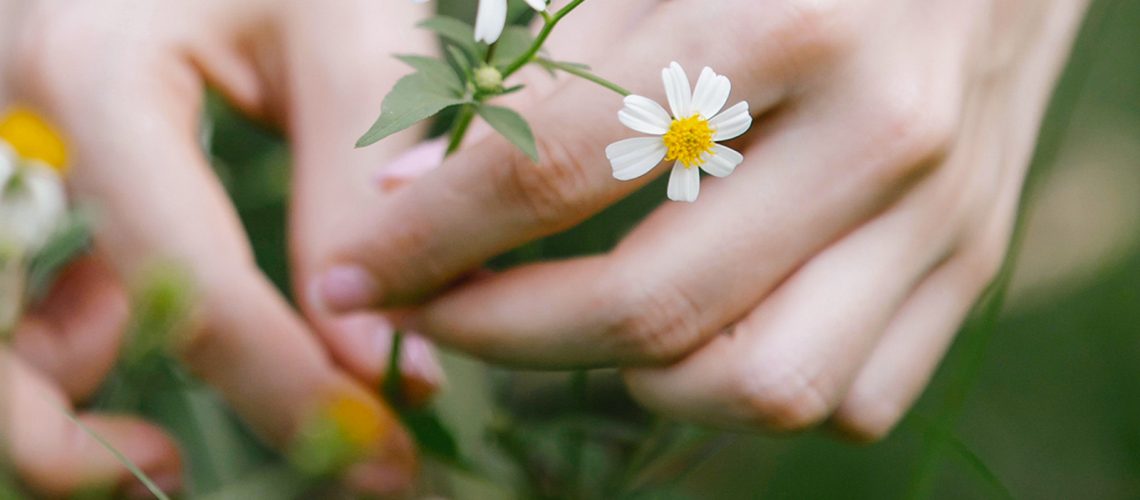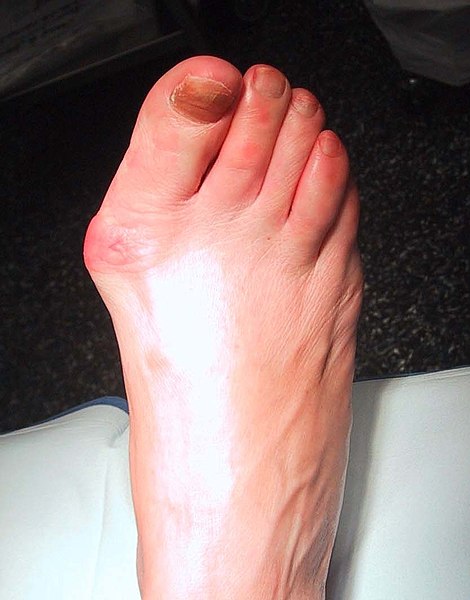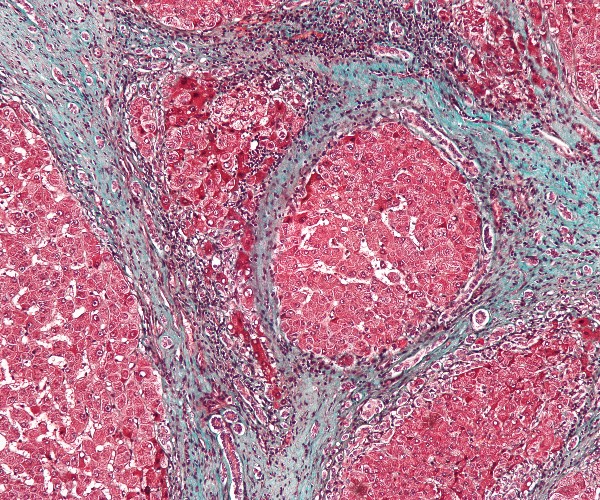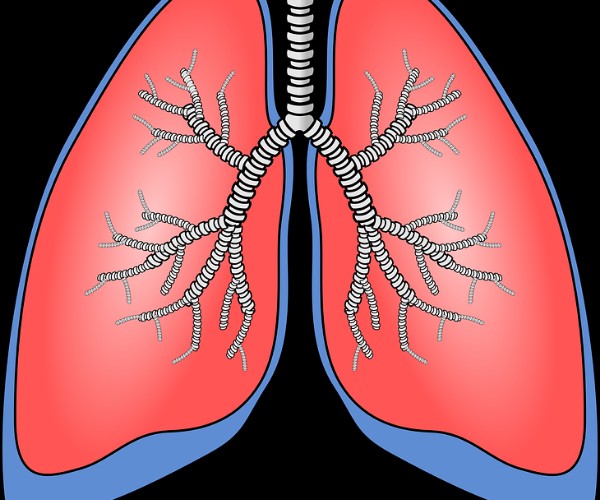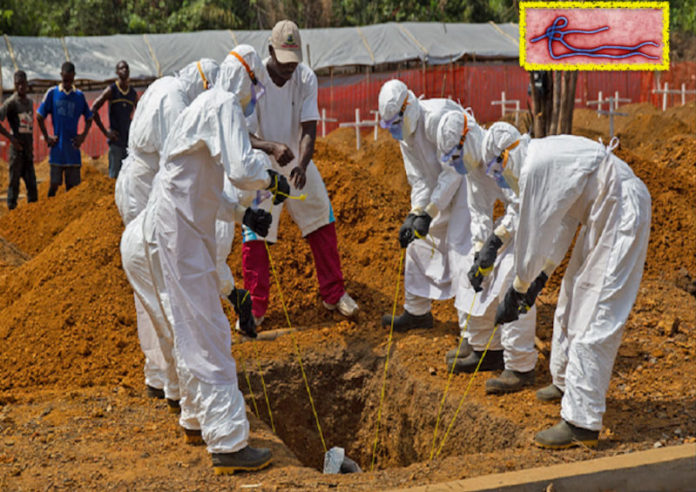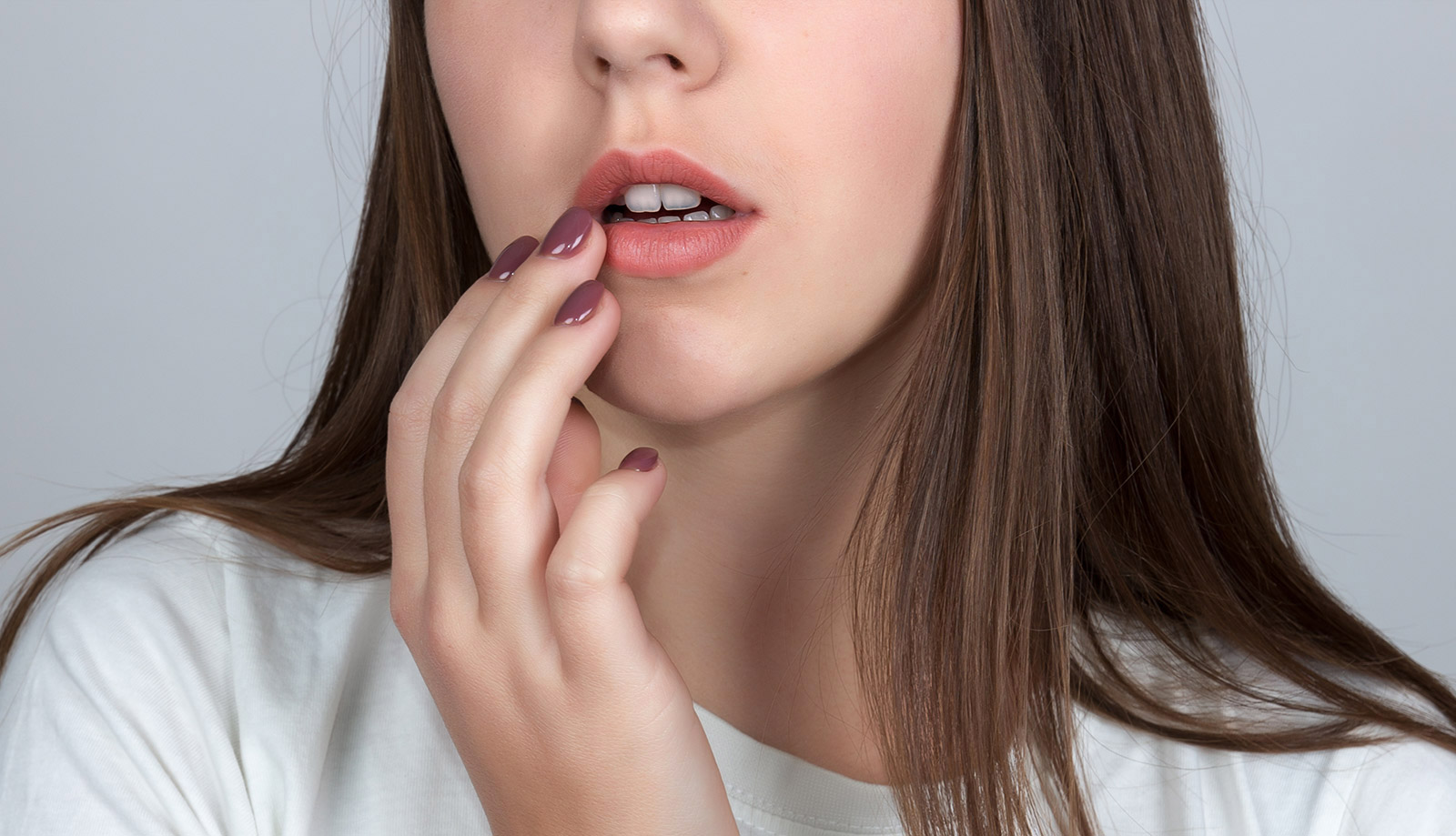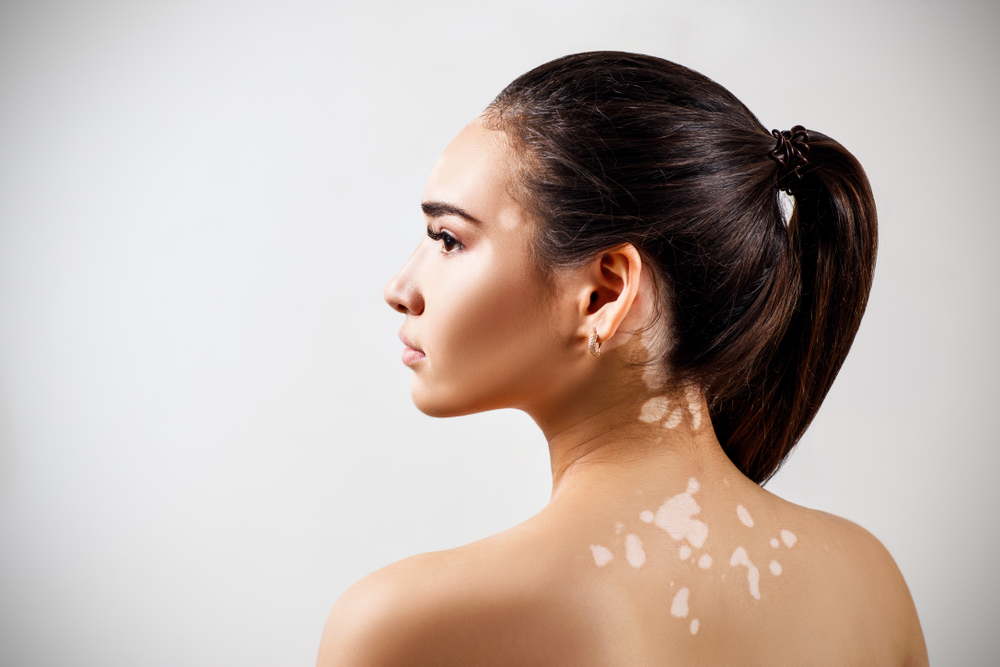Compared to the imaginative clothes worn by plants to better adapt to natural environments, those imposed by humans reflect the need on the part of humans to indulge their own desires. What appears stupendous in our eyes can be vain, if not even counterproductive “in the eyes” of a plant!
In nature, it is not necessary to be beautiful; instead, it is useful to be able to adapt.
Who hasn’t enjoyed at least once in their life the wonderful roses with variegated colors and sweet scents! Well, know that the rose selected by nature and not by man is very different but no less beautiful!
The wild rose has only five petals but has numerous stamens, the pollen-rich male reproductive structures of the flower. One fine day, as a result of a random mutation, a rose plant was born whose flowers had fewer stamens but a greater number of petals; this feature was highly appreciated from an aesthetic point of view, and so man decided to cultivate and propagate, vegetatively, the rose plant with the most beautiful flowers.
Today there are a great many types of artificially selected roses. The more petals they have the more beautiful they are, too bad they couldn’t reproduce in the wild! In the angiosperms flowers, which represent the sex organs, exhibit characteristics such as fragrance, color, and symmetry that are functional for reproduction, so as to promote pollen dispersal through various modes, the most recurrent of which are theanemogamy, in which the wind causes pollen to reach flowers of the same species, or theentomogamy, which uses the insect as a vector for pollination.
Interestingly, although beetles already existed to provide pollination for some gymnosperms, the appearance of the main pollinating insects (hymenoptera, lepidoptera and diptera) coincided with the appearance of flowering plants in the middle of the Mesozoic era; from there on, pollinators and flowers embarked on a co-evolutionary process that continues to this day.
There are some insects, such as flies, that flock in large numbers to the irresistible call of species whose flowers give off odors that are intoxicating to them, but instead very unpleasant to our noses! The plant cares little about being attractive to humans, and at this point we can be sure that what we desire does not match the needs of natural plant species.
It is also true, however, that we are able to “create” plant varieties that are useful for our purposes, and it is thanks to this ability that today we have at our disposal a large number of species that we use not only for ornamental purposes, as in the aforementioned case of the rose; think, for example, of the importance of certain plants in food, or of the fact that the fabrics of many of the garments we wear (cotton, linen…) are the result of man’s ability to cultivate useful plants and process their textile fibers.
The needs of humans and nature, often in antithesis, have shaped the plant landscape by creating highly differentiated areas, sometimes even in close contact: if we take a walk in a cultivated field at the edge of a forest, we immediately notice the difference between the orderly monotony of agricultural rows and the spontaneous heterogeneous tangles of the plant organisms occupying every free space, where slender herbaceous plants, shrubs and large trees coexist in a great and harmonious variety of botanical forms.
Obviously, admiring a well-maintained flower garden cannot help but be fascinated by it, but we must consider how it consists of species that have been cultivated for ornamental purposes for a long time, and are thus adapted to artificial conditions, and often totally distorted from their original context.
Many of the species we see growing in our parks and gardens come from other countries and, even if well acclimatized, certainly do not represent typical vegetation, perhaps less showy but more characteristic than exotic. It should be pointed out in this regard, that many introduced species have become invasive, that is, they have occupied the territory where native species (species that originated and evolved in our territory) once grew wild.







Even plants grown for food have undergone a slow transformation: many of the fruits we consume would grow smaller in size in the wild. Plants have no interest in producing fruits that are too big and heavy; the important thing is that they are full of useful seeds to carry on their genes! The interest of every living organism is to perpetuate its species; therefore, the fruit of a plant must, if anything, be clearly visible when ripe, such as the small berries that become red when ripe and attract the greedy birds that facilitate their dissemination.
If left to grow wildly, the plants would just follow “their instincts”: they would flower when the time is right, for example, when pollinators are present, would produce fruit when the temperature and humidity are such as to allow it to ripen, at the necessary times, without haste; tree branches would stretch in their preferred direction, the one that best exposes their leaves to sunlight; a wonderful multicolored carpet of leaves of seasonal species would accumulate on the ground; new seedlings would grow only where environmental conditions permit, and, of course, the most suitable ones would be selected, able to fight for the available space and resources.
The lucky ones would be in the right place at the right time and with the right genes, and would grow vigorously until they became ripe for reproduction. In some places on Earth, which are unfortunately becoming increasingly small, this is still happening. We should leave more room for nature to take its own course and at the same time continue to use “our” spaces to make the desired selection but with a little more care, remembering that our control over nature is only temporary.



